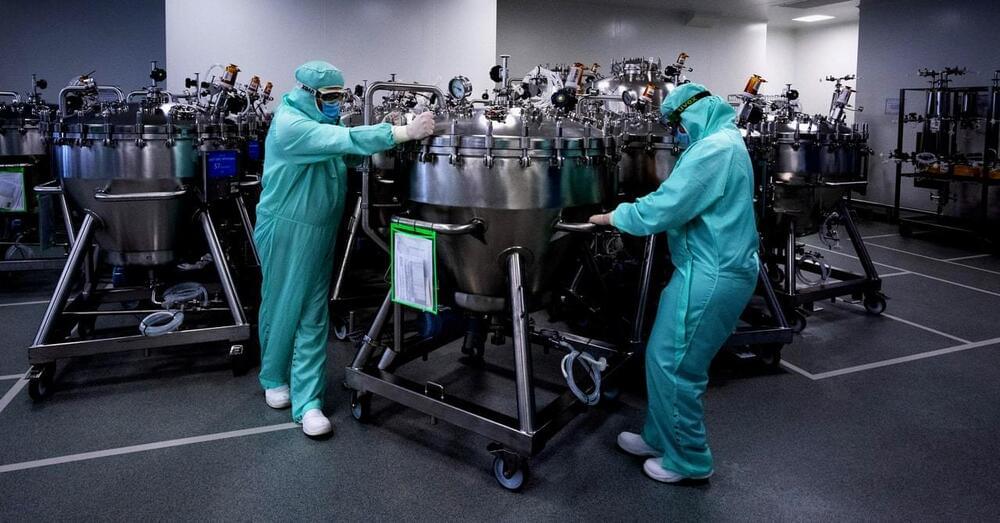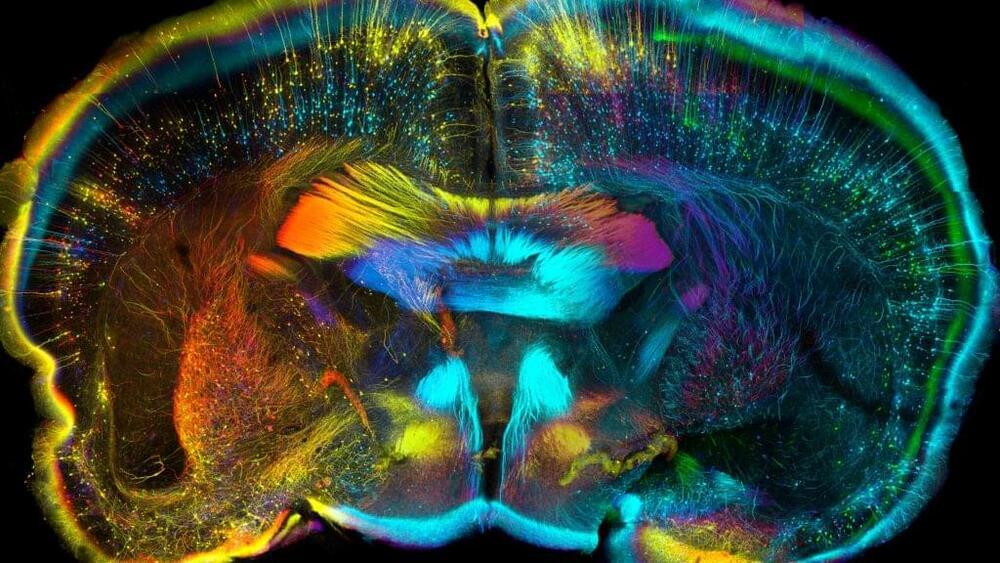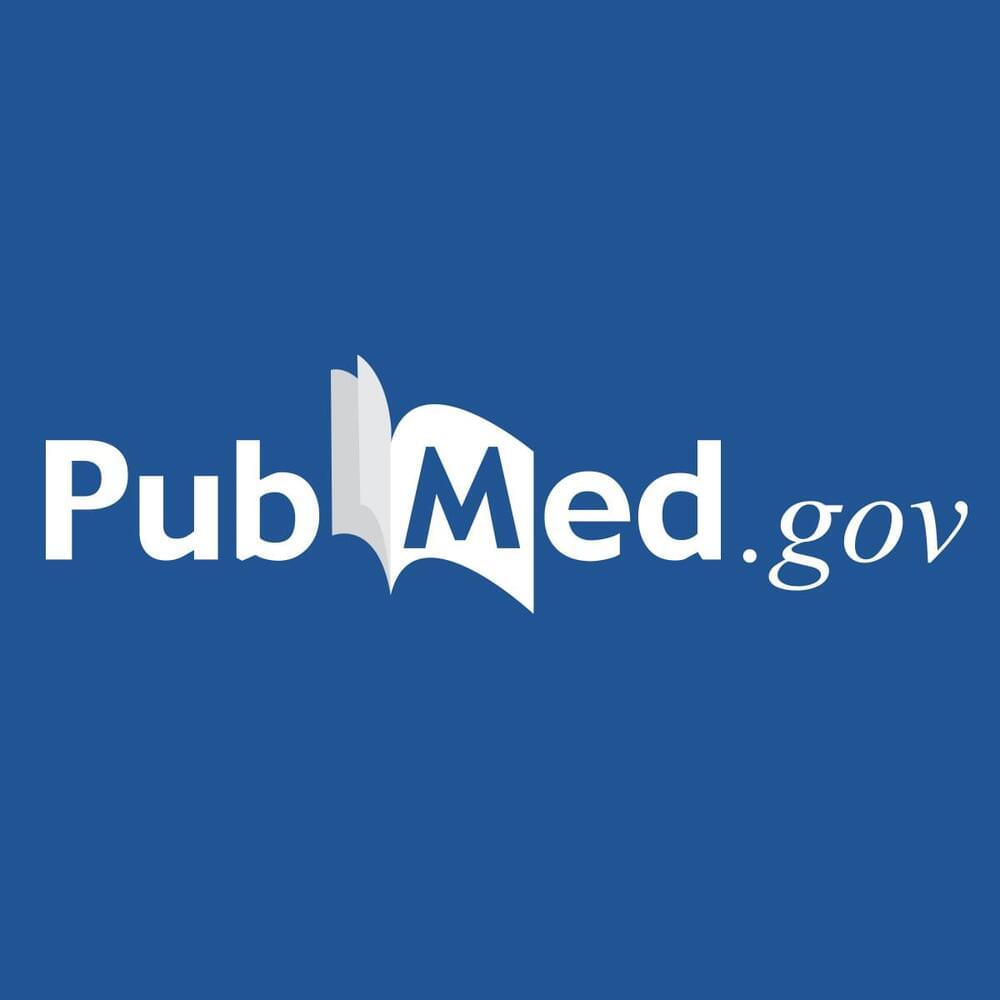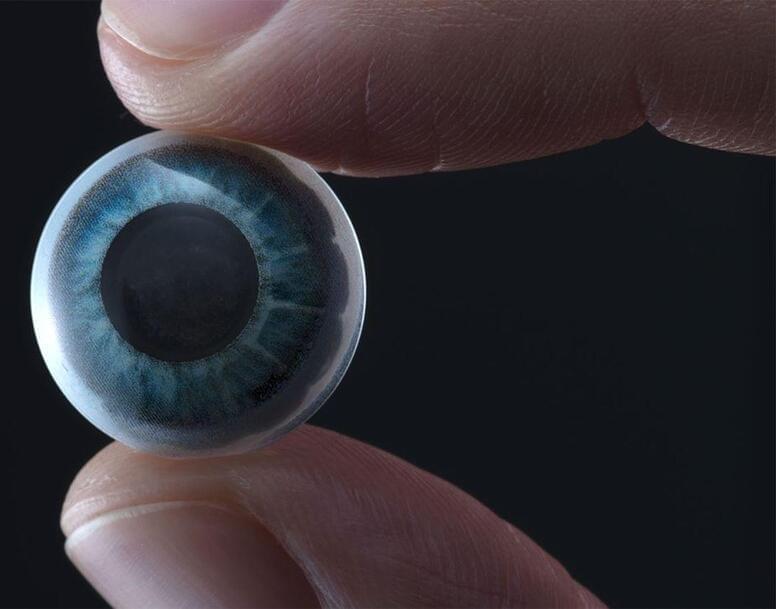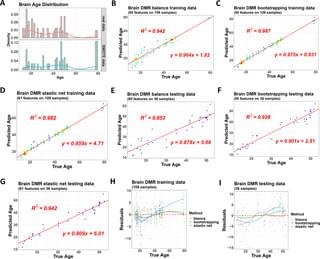Russian scientists have synthesized a new ultra-hard material consisting of scandium containing carbon. It consists of polymerized fullerene molecules with scandium and carbon atoms inside. The work paves the way for future studies of fullerene-based ultra-hard materials, making them a potential candidate for photovoltaic and optical devices, elements of nanoelectronics and optoelectronics, and biomedical engineering as high-performance contrast agents. The study was published in Carbon.
The discovery of new, all-carbon molecules known as fullerenes almost 40 years ago was a revolutionary breakthrough that paved the way for fullerene nanotechnology. Fullerenes have a spherical shape made of pentagons and hexagons that resembles a soccer ball, and a cavity within the carbon frame of fullerene molecules can accommodate a variety of atoms.
The introduction of metal atoms into carbon cages leads to the formation of endohedral metallofullerenes (EMF), which are technologically and scientifically important owing to their unique structures and optoelectronic properties.


